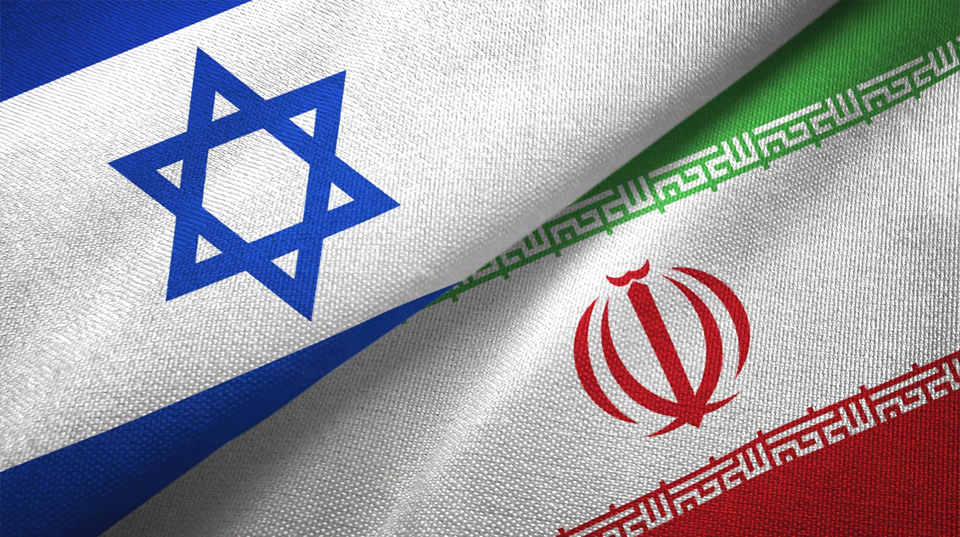
As the military conflict between Israel and Iran officially breaks out, seven advanced artificial intelligence (AI) models have been activated to generate predictive scenarios. Posing as geopolitical and military experts, the models have made remarkable predictions, with the common point that the fighting will be prolonged but unlikely to escalate into a full-blown war.
Dominant Scenario: Controlled Escalation
Six of the seven AIs predict that the fighting will follow a “controlled escalation” pattern, lasting from a few months to two years. The main restraining factors include: the catastrophic consequences of a nuclear war, the reluctance of the United States to intervene directly, and the survival motives of both sides. The models all warn that the “red lines” between the two countries are gradually fading, increasing the risk of unintended escalation.
What do each AI model say?
Google Gemini: Offering the most detailed forecast, Gemini breaks down the scenarios by probability and asserts that the most likely scenario is a “controlled escalation” within 12–24 months. Israel will continue its “mowing the lawn” strategy to eliminate the threat from Iran.
Anthropic Claude: Emphasizes the possibility of Iran retaliating with military operations while Israel launches a preemptive strike. Claude warns that Iran’s nuclear capability is only a matter of days away.
OpenAI ChatGPT: The only optimistic model, ChatGPT believes that Iran is open to negotiations, with mediation from Oman or Qatar. The US may return to the role of mediator instead of expanding the conflict.
xAI Grok: Predicts a “phased” conflict lasting 3–6 months. Both sides will act cautiously to avoid crossing the threshold of all-out war.
Manus: Predicts a shadow war with drone, missile, and indirect retaliation. Notably, backchannels remain in place to avoid catastrophic misunderstandings.
DeepSeek (China): Predicts the initial phase of the conflict to be a slow-burning affair, with proxy wars and cyberattacks, lasting 0–12 months. Iran is believed to lack the capacity to wage a full-scale war.
Summary: “Shadow War” is the common scenario
All seven models agree that the conflict will not end easily, but it will be difficult to cross the threshold of a new World War. Nuclear deterrence, strategic considerations, and international pressure will keep the confrontation going in the “shadows” — more openly but still under control.
In a volatile geopolitical landscape, only ChatGPT maintains a peaceful stance, suggesting a future of negotiations if the parties back down. The rest of the world, and financial markets, will have to watch closely in the coming months.






